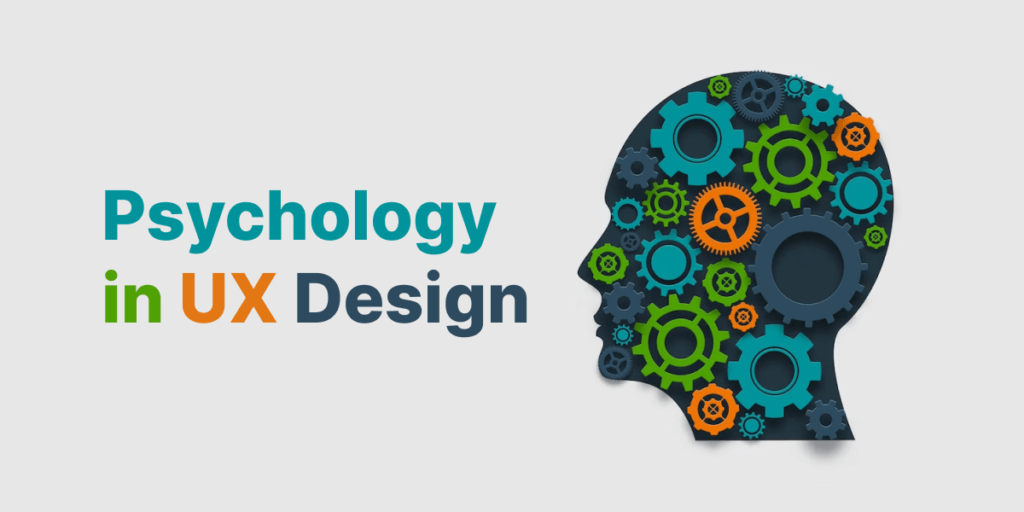The Psychology of UX Design: Understanding User Behaviour

UX Design
User experience (UX) design is the study of how people think, feel, and act while dealing with digital goods and services. It extends beyond designing aesthetically pleasing interfaces. UX design companies in Singapore may produce more compelling and successful experiences that connect with their target audience by exploring the psychology of user behaviour. In this article, we will go into the psychology of UX design and its impact on user behaviour.
Understanding the Psychology of Users
Human conduct is complicated and impacted by a wide range of elements, such as emotions, memories, and cognitive processes. In order to build designs that appeal to people psychologically and eventually lead them towards desired behaviours and outcomes, UX designers use inspiration from psychology.
Information Processing and Cognitive Load
The mental effort needed to process information is referred to as cognitive load. The goal of UX designers is to reduce cognitive burden through well-organised and clear information presentation. To assist people in focusing on the work at hand, this entails dividing material into manageable bits, simplifying complicated activities, and minimising distractions.
Hick’s Law: The Choice Paradox
According to Hick’s Law, the more options an individual has, the longer it will take them to make a decision. By giving consumers fewer alternatives to choose from, UX designers make use of this concept and facilitate decision-making and action. Designers can increase usability and lessen decision fatigue by simplifying the user experience.
The Influence of Feeling on Design
Users’ decisions and behaviours are significantly influenced by their emotions. UX designers leverage user emotions to inform experiences that have a deeper emotional impact. Designers may evoke positive emotions like enthusiasm, trust, and joy to increase user engagement and forge closer bonds with their audience.
Visual Design and Colour Psychology
The study of how colours influence human emotions and conduct is known as colour psychology. UX designers purposefully employ colour to communicate meaning and elicit particular feelings. For example, red might convey a sense of urgency or excitement, yet blue is frequently linked to professionalism and trust. Designers may produce visually appealing designs that connect with consumers and amplify brand messaging by grasping colour psychology.
Gestalt Principles and Visual Perception
Gestalt principles are basic rules of visual perception that explain how people arrange and interpret visual stimuli. UX designers use these guidelines to produce aesthetically pleasing and simple-to-understand designs. The principle of resemblance argues that items with similar appearances are viewed as related. Still, the concept of proximity asserts that objects that are near together are perceived as belonging to the same group. Gestalt concepts may be used by designers to produce designs that direct users’ attention and aid in comprehension.
Conclusion
Understanding the psychology of UX design may help designers better understand the thoughts, emotions, and actions of users as they engage with digital goods and services. Through a combination of cognitive process knowledge, emotional intelligence, colour psychology, and Gestalt principles, UX designers may produce more compelling and successful user experiences that connect with people more deeply. Businesses can unleash the full potential of their digital goods and services with the help of Singapore UX design companies, creating user-pleasing experiences that provide tangible outcomes.





